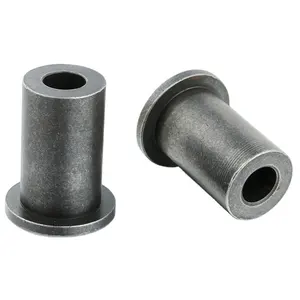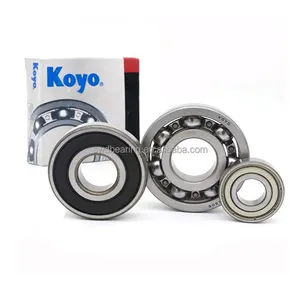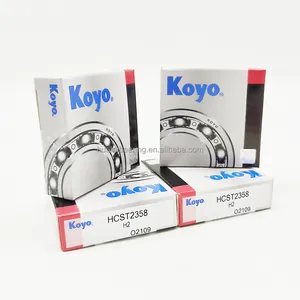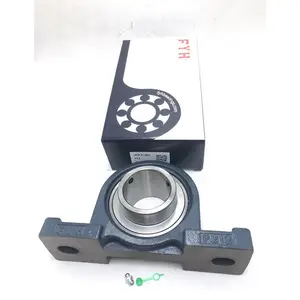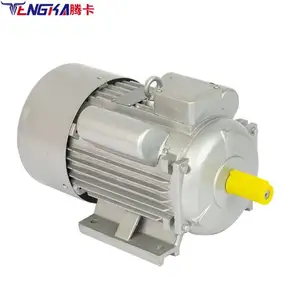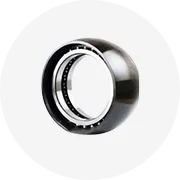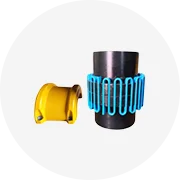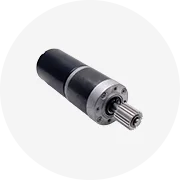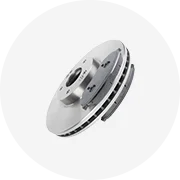आपके उद्योग में लोकप्रिय












































































शीर्ष श्रेणियां
t27 फ्लैप डिस्क 100x16mm के बारे में
गहरी नाली बीयरिंग सबसे आम असर प्रकार हैं और अविश्वसनीय रूप से लचीले हैं। वे न्यूनतम घर्षण की सुविधा देते हैं और कम शोर और कंपन के लिए डिज़ाइन किए गए हैं, जिससे उच्च कताई गति की अनुमति मिलती है। वे दोनों दिशाओं में रेडियल और अक्षीय भार का समर्थन कर सकते हैं, स्थापित करने में आसान हैं और अन्य प्रकार के बीयरिंगों की तुलना में कम रखरखाव की आवश्यकता होती है। शैलियों, विविधताओं और आकारों की विविधता। हमारे कैटलॉग के डीप ग्रूव बॉल बेयरिंग के अलावा, हमारे थोक विक्रेता डीप ग्रूव बॉल बेयरिंग प्रदान करते हैं जिन्हें अद्वितीय प्रदर्शन आवश्यकताओं वाले अनुप्रयोगों के लिए लाभ प्रदान करने के लिए अनुकूलित किया जा सकता है।
t27 फ्लैप डिस्क 100x16mm यहीं अलीबाबा पर। मजबूत, प्रतिरोधी, और बकवास t27 फ्लैप डिस्क 100x16mm किफायती कीमतों पर और उल्लेखनीय विक्रेताओं से।
ये t27 फ्लैप डिस्क 100x16mm तैयार किए गए हैं उद्योग मानकों के अनुसार इंजनों को यथासंभव लंबे समय तक स्वच्छ और पूरी शक्ति से रखने के लिए। आप जिस भी प्रकार का t27 फ्लैप डिस्क 100x16mm खोज रहे हैं, वह आपको यहां मिल जाएगा। इस चुनिंदा चयन में एक्सियल डीप ग्रूव बॉल बेयरिंग, डीप ग्रूव बॉल बेयरिंग पुलर, सिंगल रो डीप ग्रूव बेयरिंग, डीप ग्रूव रोलर बेयरिंग शामिल हैं। आप जो कुछ भी सोच सकते हैं वह पहले से ही अलीबाबा पर है! आसान आवेदन और परिवर्तन, उन्हें कुछ ही मिनटों में किसी भी मशीन पर स्थापित किया जा सकता है। इसे करने के लिए आपको विशेषज्ञ होने की आवश्यकता नहीं है। यहां प्रदर्शित अंतरराष्ट्रीय, तेजी से बिकने वाले विक्रेता आपको सही t27 फ्लैप डिस्क 100x16mm प्रदान करेंगे, यह सुनिश्चित करते हुए कि कार के इंजन सुचारू रूप से चलते रहें और अपने सर्वोत्तम आकार में रहें।
